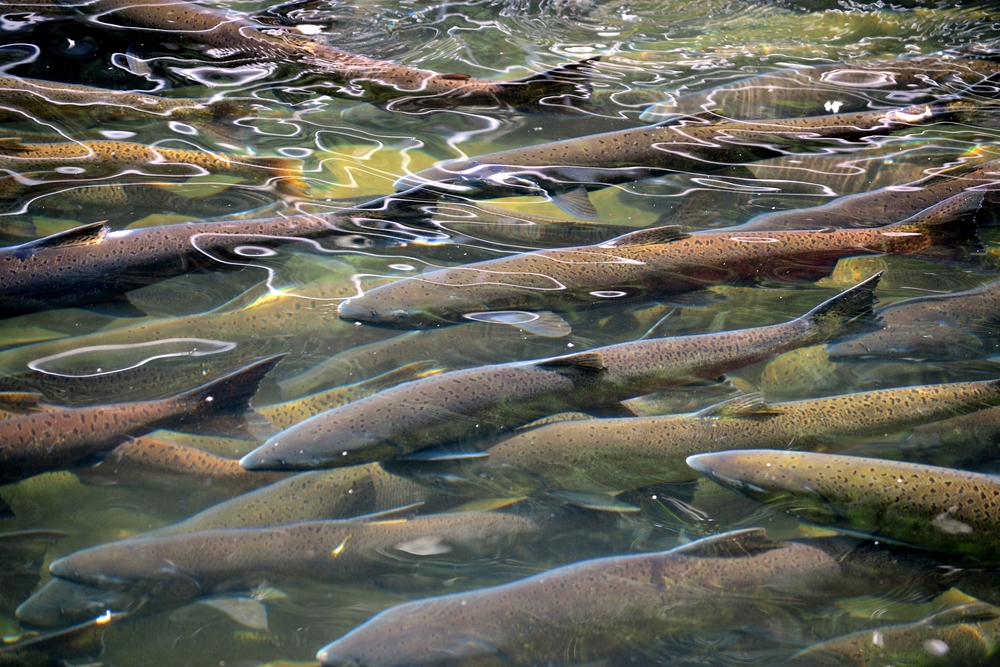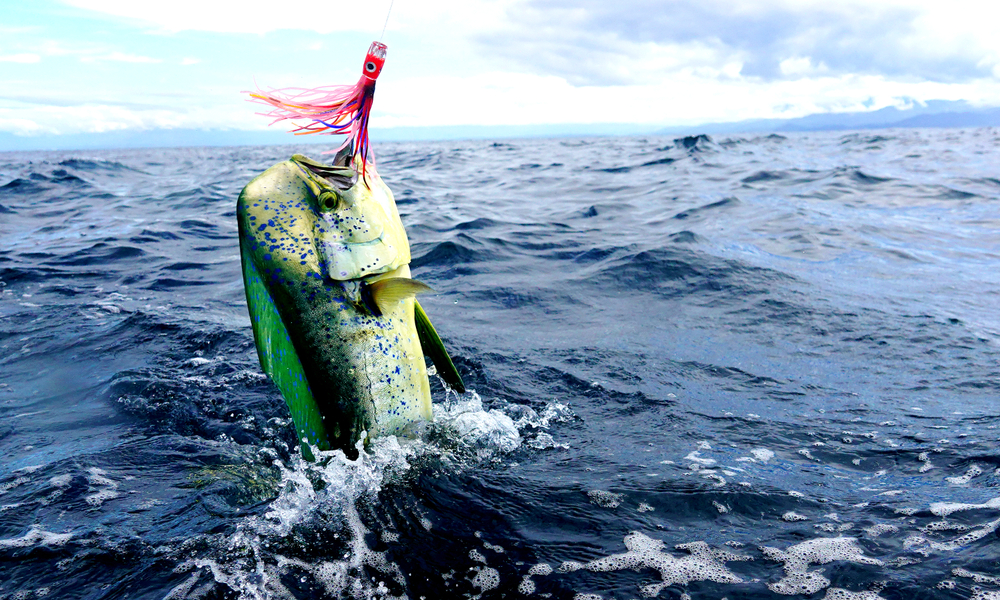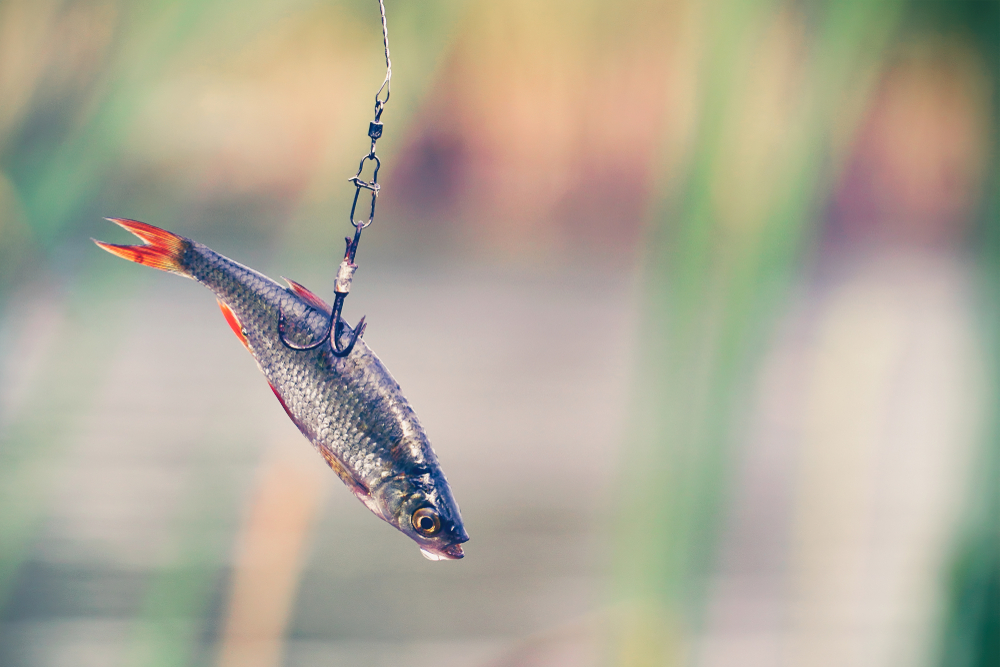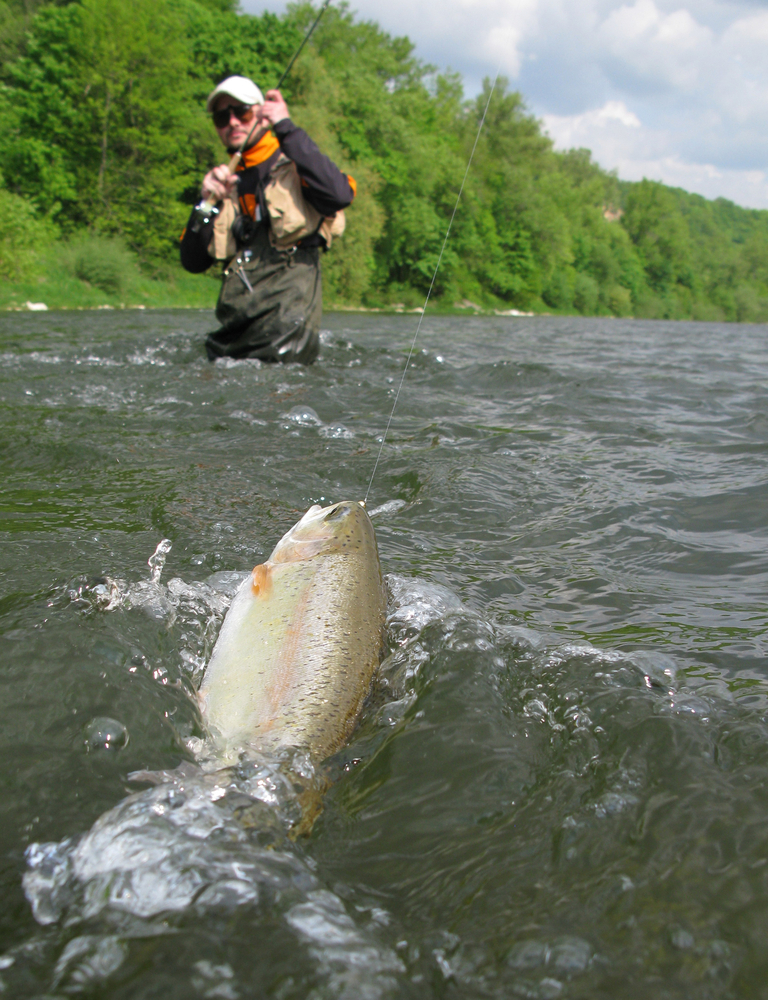Salmon are one of the most popular sport-fish out there, thanks in large part to its wide distribution, tasty flesh, and fighting spirit. Catching any one of the several subspecies of salmon is a treat, but chinook salmon are the cream of the crop due to their vast size, growing to weights of over 90 pounds, fully earning their nickname “king salmon.”
Catching the biggest of the kings’ boils down to five crucial tips and techniques. Keep the tricks below in mind and you’ll be well on your way to nabbing a monster salmon.
Location, Location, Location

You could have the best tackle in existence, the most expensive boat, and better-looking technique than any recognized master salmon angler, but it doesn’t mean squat if you aren’t fishing at the right place at the right time. Salmon fishing can be done in both fresh and saltwater, from a narrow stream to the ocean depths – the key is knowing when fish are moving in a particular area. Huge chinook salmons are more often than not caught in freshwater rivers during the spawning run, though near-coastal Pacific waters can produce big-time results as well. Salmon tend to swim in transitional waters, so be sure to target estuaries and tributaries. For the Great Lakes and other large fresh water lakes, salmon come closer to shore in the spring and early fall, but otherwise head out to waters as deep as 150 feet.
Trolling

The most popular open-water trick for catching salmon is trolling. This method allows you to cover a lot of water in search of a school of salmon, rather than waiting for fish to come to you using drift, fly or jig fishing techniques.
A DOWN-RIGGER is an effective tool in all seasons of the year for salmon.
Most anglers prefer downriggers when trolling because they provide the utmost control in depth control and helps get the lure down to a deeper point without wasting as much line. A 10-15 pound ball is recommended for downriggers. Leadcore or steel line can get you the depth you need and allows you to avoid the hassle of setting up downriggers. When trolling, always be wary of your boat speed – not too fast, not too slow – and keep an eye on your fishfinder. You could have the most enticing lure ever on the end of your line, but a fish won’t see it if you’re trolling at a depth the fish aren’t swimming in.
Salmon Fishing Gear
The type of gear you use changes based on the style of fishing you choose, but there are some standard guidelines to follow that will ensure you aren’t wasting your time with the wrong stuff. When trolling for chinook salmon on a downrigger, you’ll need an 8-10 foot rod in the medium-heavy range, with a tip that is flexible enough to maintain its bow when set up. Levelwind reels are the best choice, with line strength of at least 12 pounds. Spoons, spinners, and wobbling plugs are ideal salmon fishing lures. Remember, saltwater can erode even the toughest of tackle, so be sure you’re buying gear that does not corrode so easily and that you keep cleaning your gear regularly.
Live Bait

Artificial lures and flies will yield huge salmon, but some well-used live bait can give you that extra edge. A popular saltwater technique is to “tip” the lure, which is the act of adding an extra piece of worm or herring to your lure. Be warned, however, that tipping too large an amount will negatively affect the action of your lure. In freshwater, anglers often make sacs of fish eggs (also called “roe”) attached to a float when drift fishing for salmon in shallower water.
Fly Fishing

Reeling in a monster chinook is hard enough with a sturdy baitcast reel from a boat, try doing it with a fly rod while wading through a river. Having 9-10 weight line is a must, and be sure to have plenty of reel backing to help retrieve your catch. The reel must be able to hold upwards of 200 yards of line, just in case you stumble across a monster. Salmon do not have the same love for the surface as steelheads do, so you’ll need fast-sinking flies that are bright enough to be seen in murkier streams. Look for deeper pools in slower moving water than you would for trout. To better locate salmon, be sure to don a pair of polarized sunglasses, which will help you see deeper into the water than you would otherwise.
Catching a trophy-sized salmon is the thrill of a lifetime, no matter what method you use to catch them. Just remember the tips above and you’ll soon get that fish you’ve always dreamed of.






